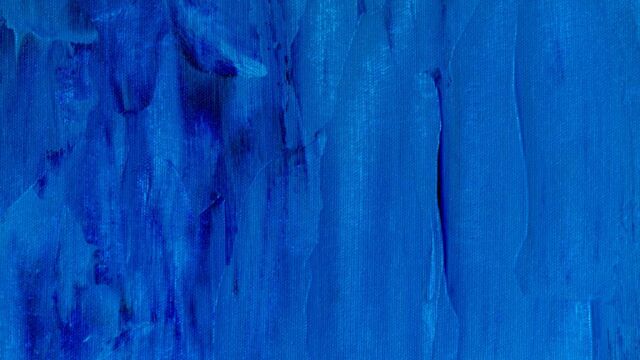Did you know that natural blue pigment is quite tough to come by? This claim is completely supported by physics and biology. It's not that crazy when you think about it. There isn't much in nature that is essentially a brilliant blue, except the sky.
Discover our latest podcast
Read more to find out from where is blue derived and if it in fact a 'real colour.'
Blues controversy
Yes, we do know there are some flowers, such as Bluebells and Aster, which are inherently blue, but did you know that the colour is not derived by a blue pigment? It actually comes from a red one!
In fact, humans did not perceive the hue blue until the modern age. This was also noticed by Scholar William Gladstone, later Prime Minister of the United Kingdom, who realised that ancient Greek poet Homer describes the colour of water in his poem Odyssey as 'wine-dark' and other strange colours, but never uses the term 'blue,' as Kevin Loria recorded for Business Insider in 2015.
Read more:
- What your eye colour says about your personality
- This is what the colour of your tongue says about your health
- 10 essential tips for achieving your perfect hair colour
More than what meets the eye
Deriving the colour blue is extremely difficult, and Egypt was the first to produced the blue pigment. The word about the pigment then spread across the world.
And although the man-made pigment is now found everywhere, it is said that the colour that we see in nature is actually kind of like an illusion. For example, when light travels through the features of a bird, like peacocks and blue jays, it bends at an angle which then causes human vision to see blue. Surprising, right?















